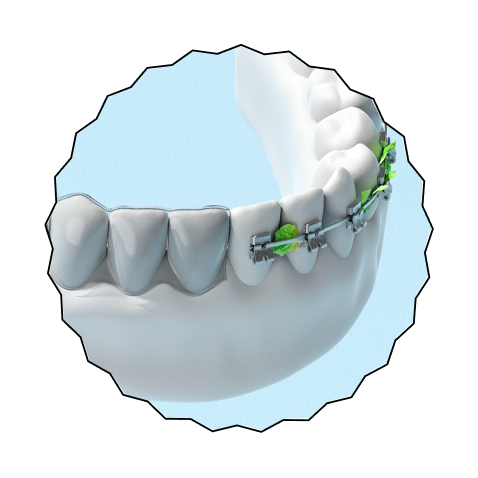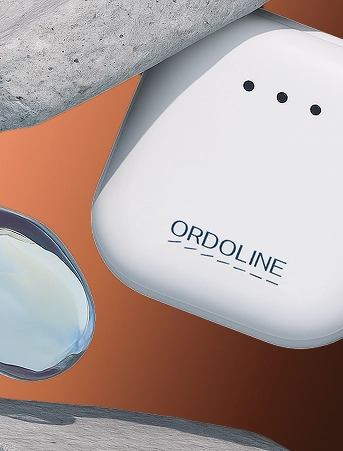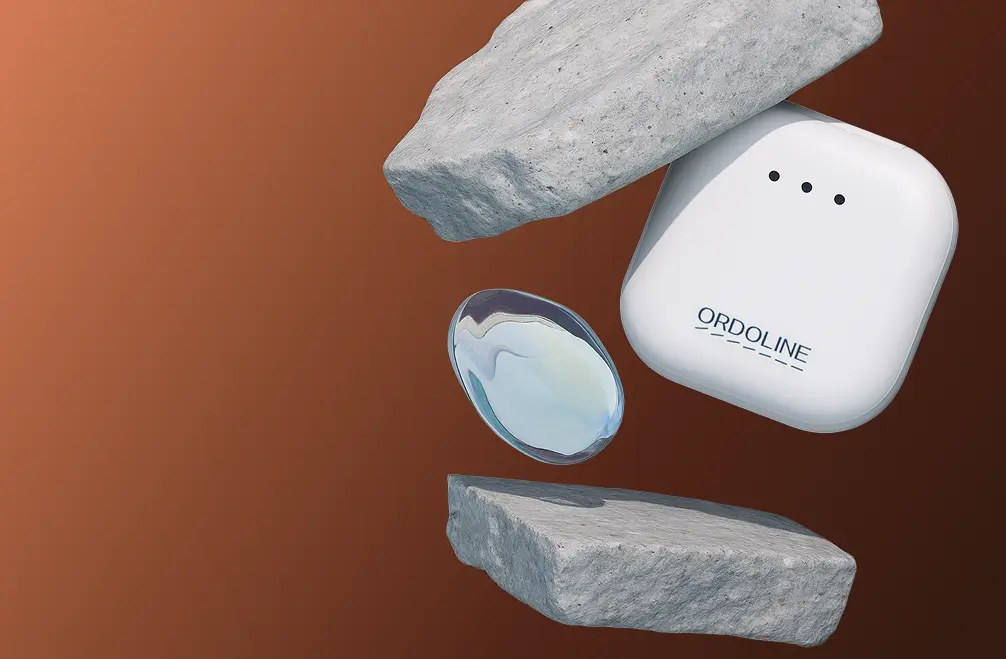Aligners vs. braces
While both options straighten teeth and correct bites, clear aligners are becoming more popular due to their discreet appearance, comfort, and flexibility in daily life, without compromising treatment results.
Braces
-
01
Painful
-
02
Cause discomfort and can't be removed for eating, drinking & flossing
-
03
Final treatment duration is difficult to calculate


Aligners
-
01
Transparent and nearly invisible, so can be worn without others noticing
-
02
Fewer clinic visits
-
03
More predictable treatment results
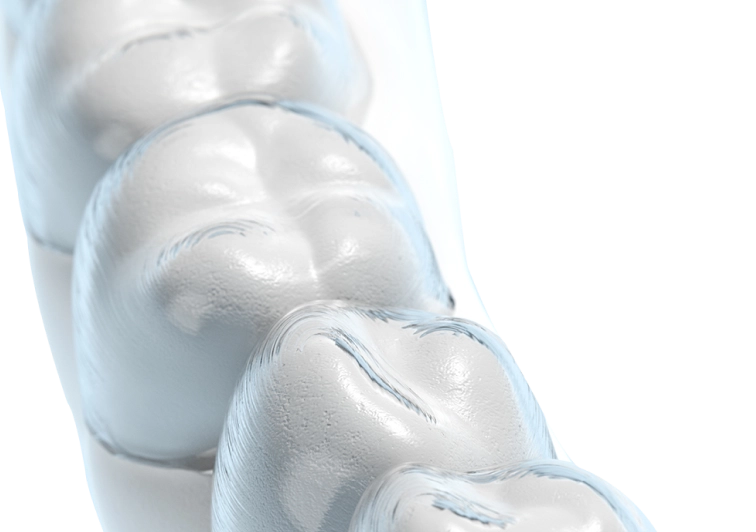
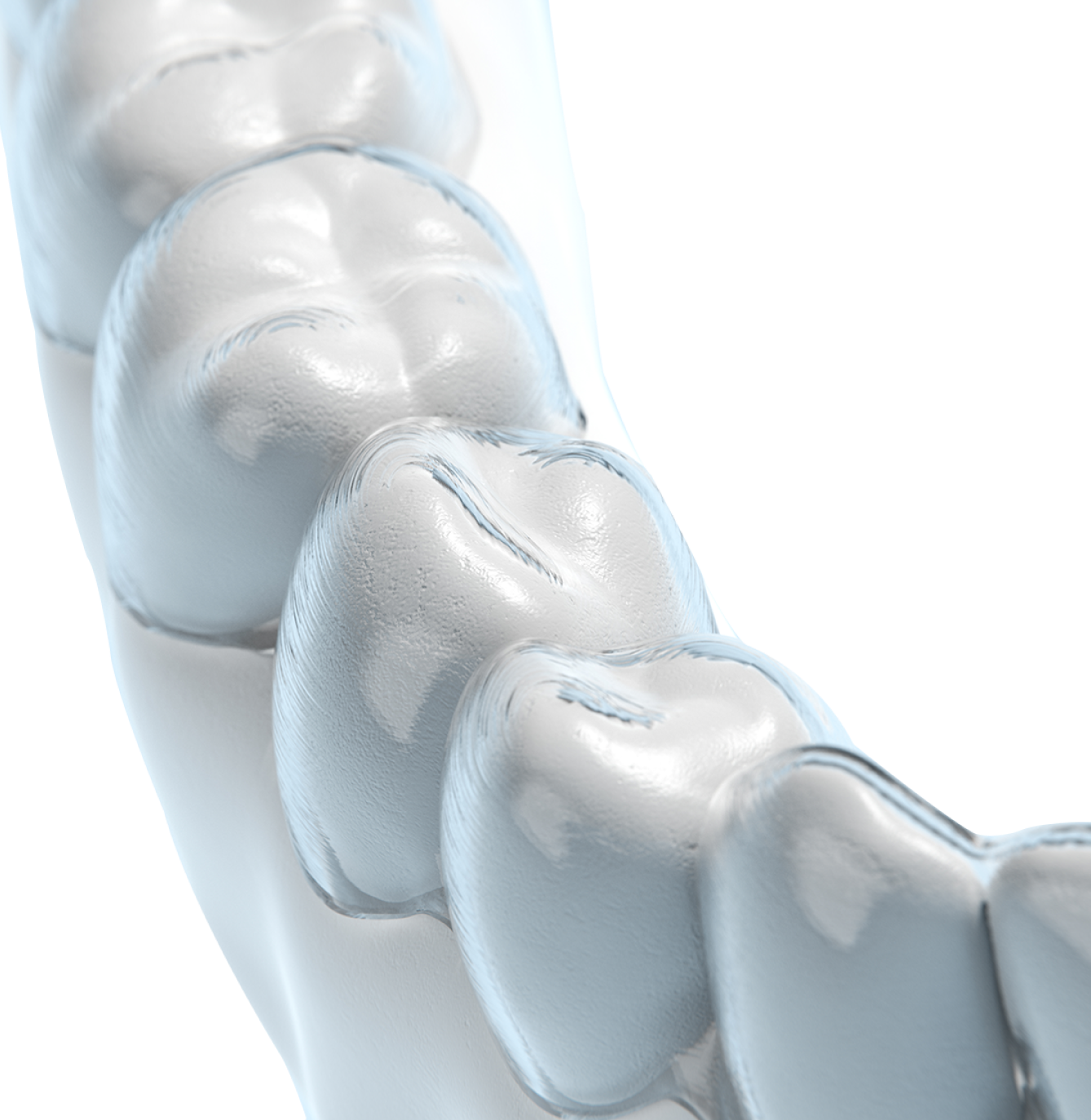
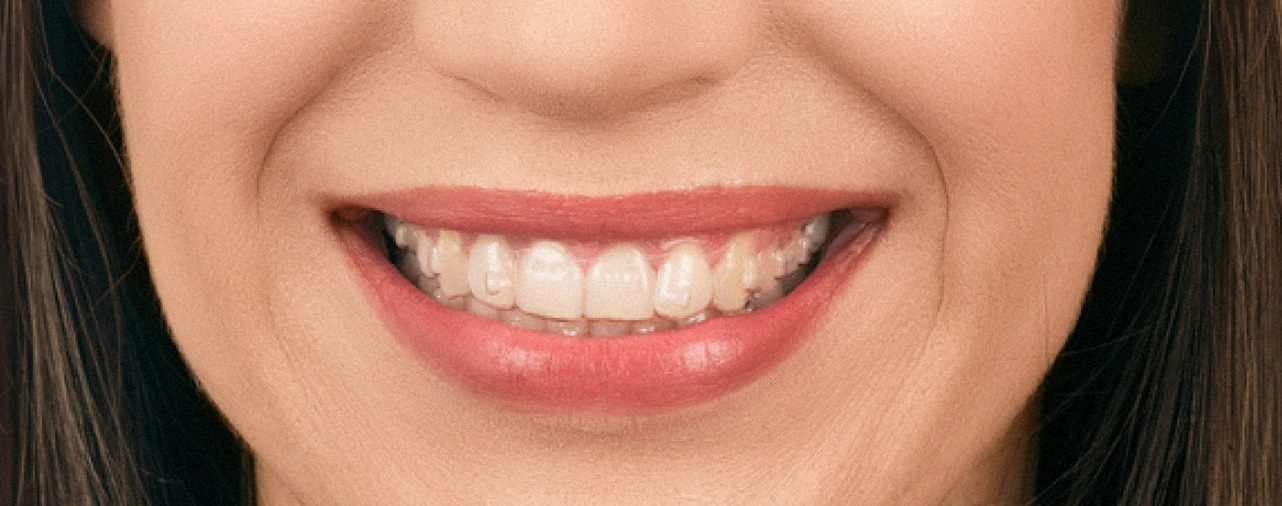
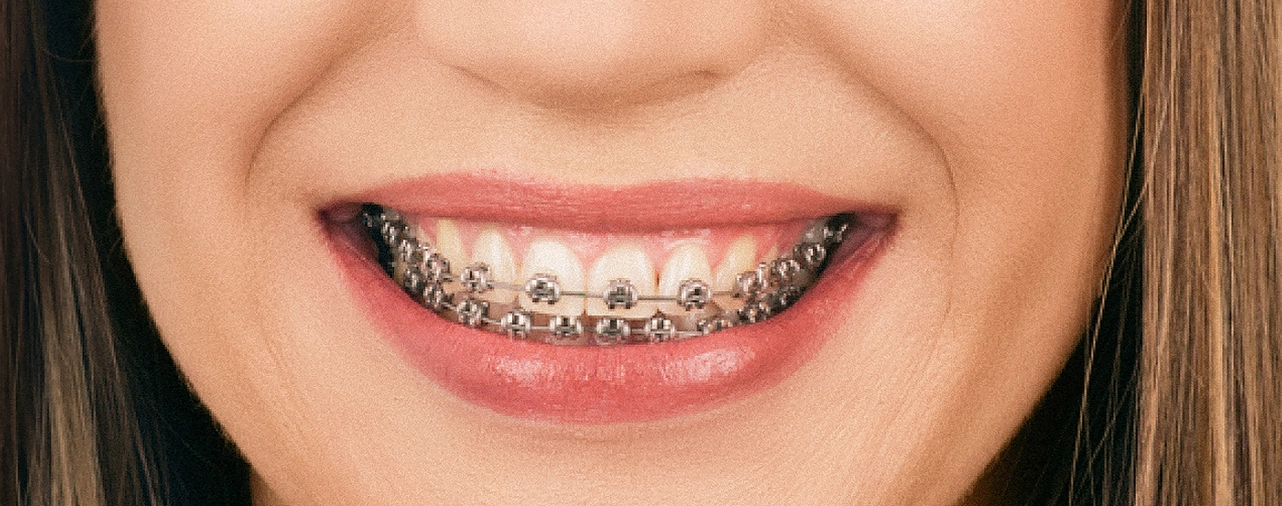
Conclusion

Braces are effective but often come with visibility, discomfort, and lifestyle limitations — which may discourage some patients from starting treatment. Clear aligners provide a discreet, comfortable alternative that fits easily into daily routines with minimal disruption. They are suitable for children, teenagers, and adults who value aesthetics and convenience and can commit to wearing them 22 hours per day.
